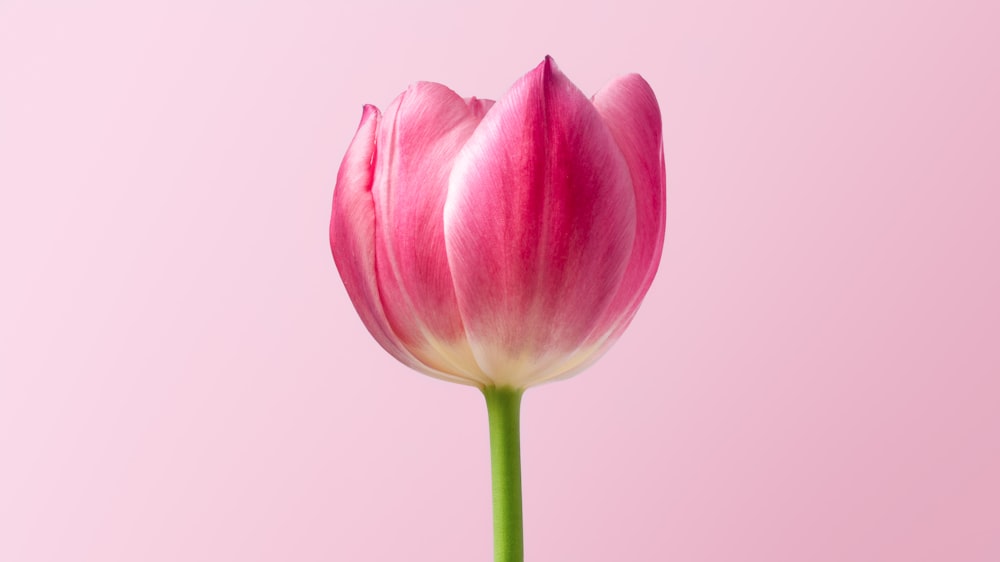Hawaii SEO – Image Titling Tips for Your Website Photos
In another post, I have talked about setting the right the page titles and meta descriptions. You can catch up once you go to. For today’s discussion, I will focus on images and the right way to save them and best optimize your images for better SEO scores.
IMAGE TITLING FOR SEO
TIP NUMBER 1: Rename your images with the appropriate titles
- You have to understand that search engines — like Google — cannot see the images you see on screen. Instead, they send bots to scan your website and see if there are relevant content to list down.
- Of course, Google bots or web crawlers won’t be able to see the images. So, for your page to rank better in the search results, it is extremely important to give the images appropriate titles. This way, Google can understand what you images you added. Google can now “see” what you are trying to point out.’
- For instance, you upload a picture of a flower as a blog post image. Usually, if taken from a camera, the image would have a file name such as IMG_1911.jpg. Perhaps, the file name could be the time and date it was taken such as Photo-02-12-20-22-12.jpg. You get the point; it’s better to have a file name that accurately describes the picture. Instead of having a generic name, you can give the image the title of tulip-flower-on-pink-background.jpg.
- Be sure that the image name is relevant to the keywords you are ranking for. In the pink tulip example, the main keyword is “tulip flower,” so the keyword was inserted to the file name in order for this image to show up once someone searches for “tulip flower” on any search engine.
TIP NUMBER 2: Add alt text to your images
Aside from the title, the alt text is important so that there will be a text description if in any case the image won’t load.
So, how to add alt text?
- The first method to switch to the HTML view. Assuming that you have already uploaded an image to a post, you have to add after the src code the following
alt="description of image"
- …and paste this code into the html source before the final > sign. Just replace the description with your own preferred image description.
- To check if you have assigned alt texts correctly, try to disable the images on your browser and see if the alt texts show up instead.
Adding an alt text to WordPress images:
- Another method to use if you find the first one complicated is to use the Yoast SEO plugin. Of course, the first thing to do is to upload an image using the Add Media button. Once you have uploaded it, on the right portion of the window, you will see an area for you to add a title and add an alt text. Just repeat the process for all your posts.
- If you do not set an alt text, WordPress will immediately copy the title and use it as the alt text by default. Just like the first method, if you want to check the alt texts, you can disable the images and see if the alt text correctly displays on screen.

